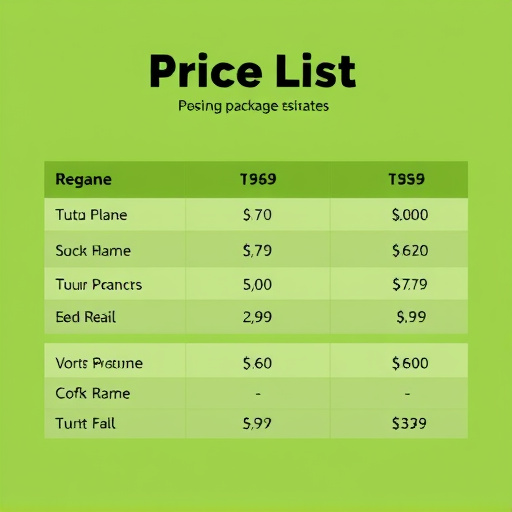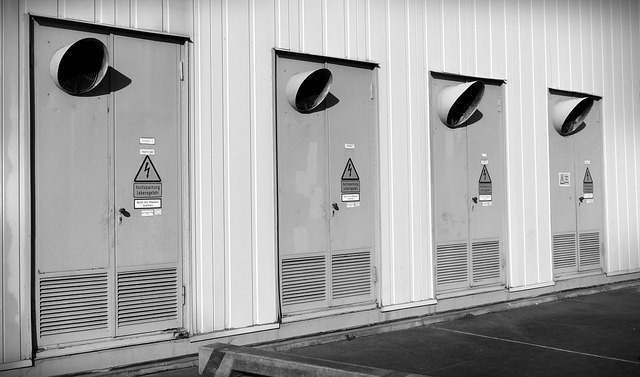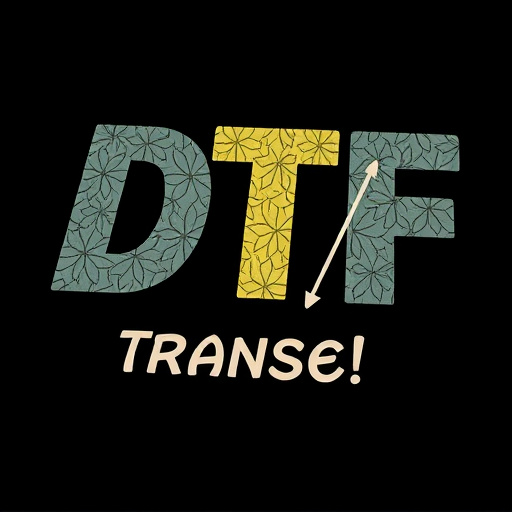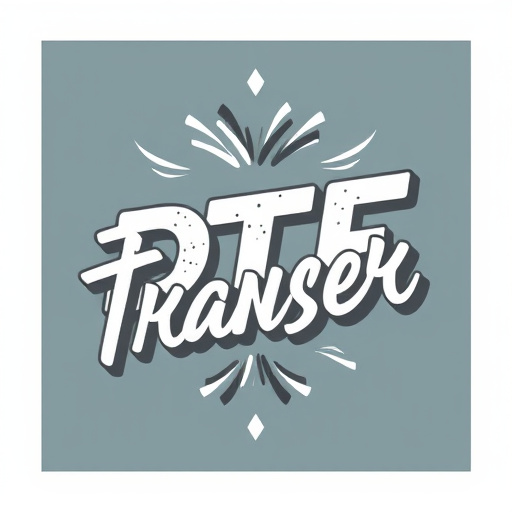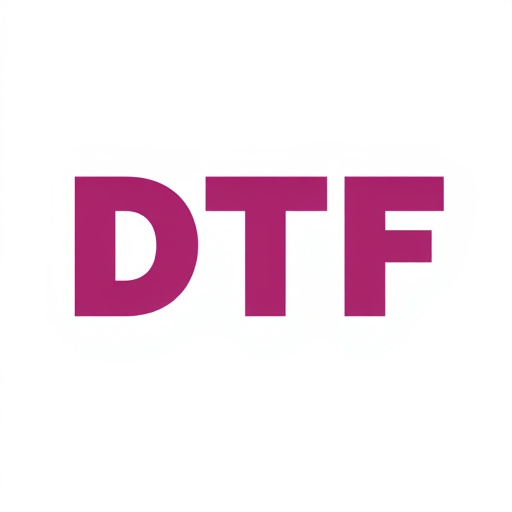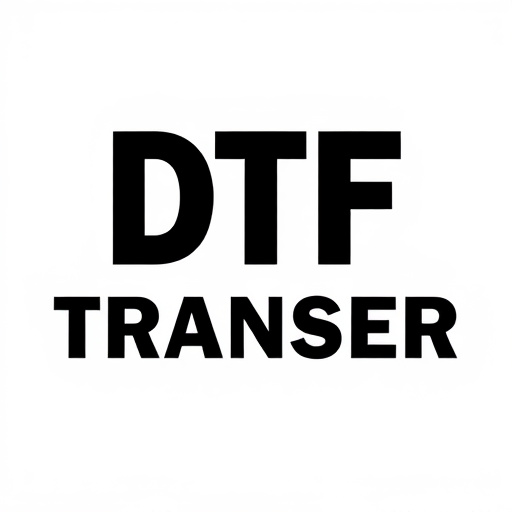Direct-to-film (DTF) technology has revolutionized printing by enabling the creation of vibrant, multi-colored designs with intricate details. DTF's efficiency and cost-effectiveness come from directly transferring ink onto surfaces without intermediate steps. Suited for fashion, signage, and packaging, DTF prints offer superior color saturation, durability, and precision. By selecting high-quality DTF transfers and films, users can achieve rich, true-to-life colors on various substrates. This technology is transforming visual communication across industries, with future developments promising even more vibrant designs and advanced features like temperature-sensitive inks.
Discover the captivating world of vibrant multi-colored designs brought to life through direct-to-film (DTF) technology. This innovative process offers unparalleled visual appeal and versatility across various industries. In this comprehensive guide, we explore DTF transfer’s advantages for multi-colored prints, ideal material choices, and creative applications. From understanding the fundamentals of DTF technology to future trends, learn how to create stunning DTF prints that enhance every visual experience.
- Understanding Direct-to-Film (DTF) Technology: A Brief Overview
- The Advantages of DTF Transfer for Multi-Colored Designs
- Choosing the Right Materials for DTF Printing
- Creative Applications: Bringing Vibrant Prints to Various Industries
- Step-by-Step Guide to Creating and Applying DTF Prints
- Future Trends in DTF Technology: Enhancing Visual Experiences
Understanding Direct-to-Film (DTF) Technology: A Brief Overview
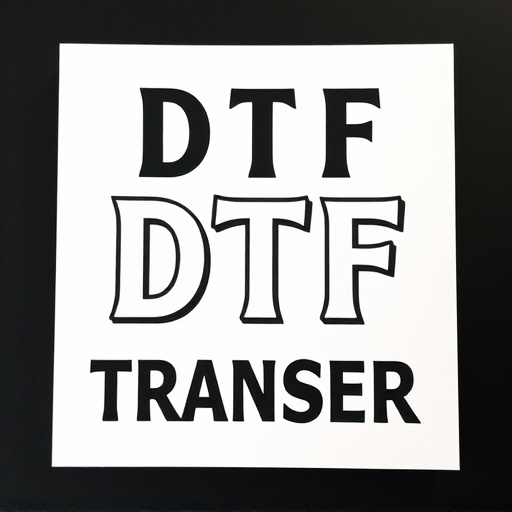
Direct-to-film (DTF) technology is a cutting-edge printing method that has revolutionized the way we create vibrant multi-colored designs. Unlike traditional printing techniques, DTF transfers ink directly onto the desired surface, enabling intricate and detailed patterns. This process involves advanced machinery and specialized inks that ensure precision and high-quality results. By eliminating the need for intermediate steps like film positives or plates, DTF offers a faster, more cost-effective solution for producing complex prints.
DTF printing is particularly suited for a wide range of applications, from clothing and accessories to signs and decorations. Its ability to produce sharp, vibrant colors and fine line details makes it an excellent choice for intricate designs. Moreover, the technology allows for easy customization and quick turnaround times, catering to the dynamic demands of modern businesses and creators. With DTF, achieving stunning visual effects and unique, personalized prints is now more accessible than ever before.
The Advantages of DTF Transfer for Multi-Colored Designs
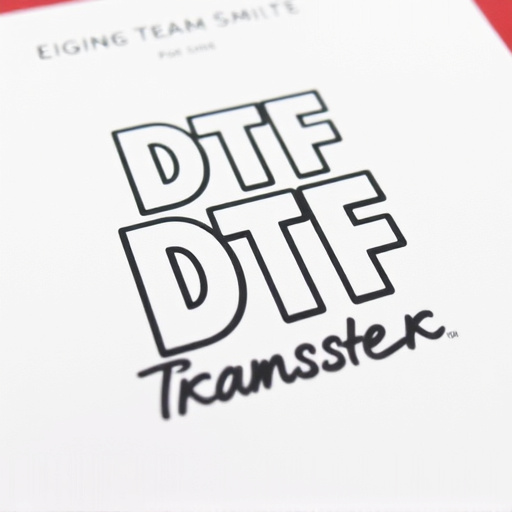
The Advantages of DTF Transfer for Multi-Colored Designs
Direct-to-film (DTF) transfer technology offers a multitude of benefits for creating vibrant, multi-colored designs on various surfaces. One of its key strengths lies in its ability to reproduce intricate and complex color palettes with remarkable precision. Unlike traditional printing methods, DTF Printing allows for direct application of ink onto the substrate, eliminating the need for separate layers or masks. This results in a more efficient process, saving time and resources.
Moreover, DTF Transfers provide superior durability and longevity for prints. The direct bonding of inks to the surface ensures that colors remain vibrant and resistant to fading over time. Whether applied to textiles, plastics, or other materials, DTF Prints offer a high-quality, long-lasting solution. This makes it an ideal choice for businesses looking to create visually appealing, multi-hued designs that will stand the test of time and usage.
Choosing the Right Materials for DTF Printing
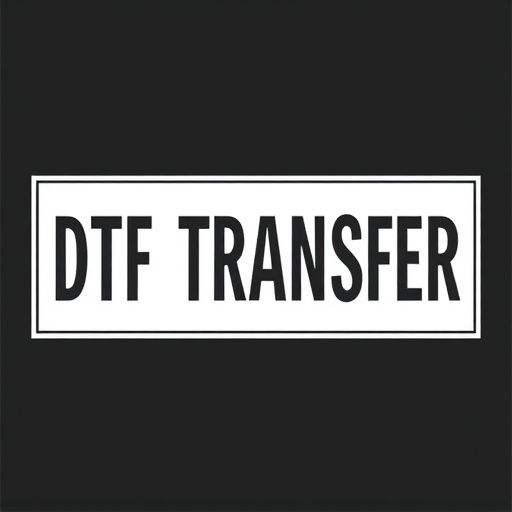
When it comes to creating vibrant multi-colored designs with direct-to-film (DTF) technology, selecting the appropriate materials is paramount for achieving exceptional results. The key lies in choosing high-quality DTF transfers that are compatible with your printing system. These transfers should offer excellent color saturation and sharpness, ensuring that the final prints live up to their digital counterparts. Look for products designed specifically for DTF Printing, as they are optimized for this process, providing better adhesion and durability.
The substrate choice is another critical factor. Opt for films tailored for DTF use, offering a smooth surface for precise ink transfer and capable of handling various inks without compromising color accuracy. The right combination of transfer and film ensures that each print emerges with rich, true-to-life colors, making your multi-colored designs pop.
Creative Applications: Bringing Vibrant Prints to Various Industries
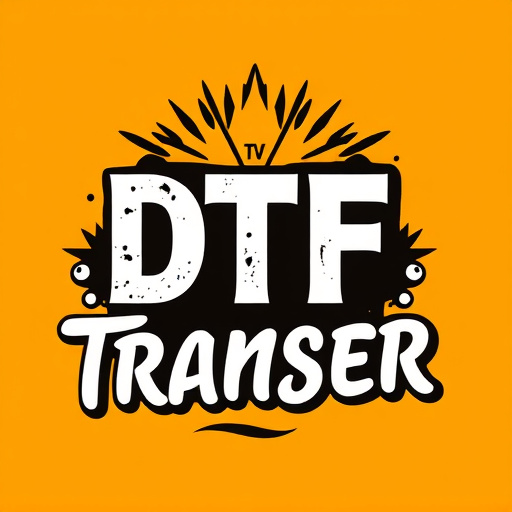
Direct-to-film (DTF) technology has opened up a world of creative possibilities across various industries. Its ability to produce vibrant, multi-colored designs with intricate details makes it an appealing choice for everything from fashion and textiles to signage and packaging. In the fashion industry, DTF Transfer allows designers to create unique, eye-catching garments with bold prints that stand out on the runway and beyond. From clothing to accessories, this technology enables small businesses and independent artists to bring their creative visions to life with ease.
In other sectors, DTF Printing has revolutionized how brands market themselves. Signage companies can now offer high-quality, full-color graphics for outdoor advertisements, while packaging designers can create visually stunning products that capture consumers’ attention on store shelves. The versatility of DTF Transfers means that nearly any surface can be transformed into a canvas, from walls and furniture to electronic devices and cars. This technology’s impact is evident in the diverse range of applications, showcasing its potential to enhance visual communication across multiple industries.
Step-by-Step Guide to Creating and Applying DTF Prints
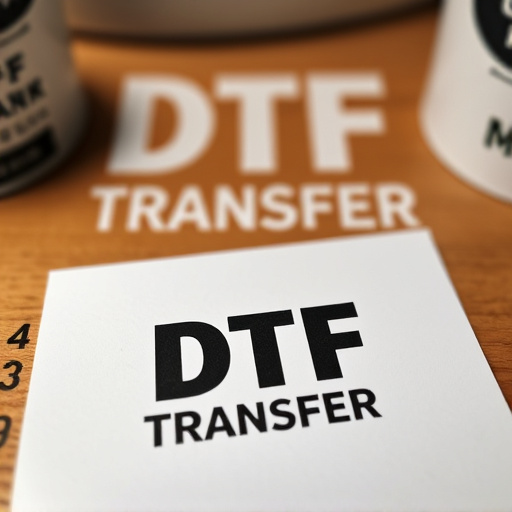
Creating vibrant multi-colored designs using direct-to-film (DTF) technology involves a step-by-step process that ensures precise and visually appealing results. First, prepare your design by ensuring it’s in a suitable format, usually a high-resolution vector graphic or raster image. Use graphic design software to arrange and adjust colors, creating the desired multi-colored effect.
Next, select your DTF transfer film, choosing one compatible with your printer and application. Apply the transfer film to your print surface, ensuring proper alignment and adherence. Using a specialized printer, precisely deposit ink onto the film, following the manufacturer’s guidelines for optimal settings. Once printing is complete, carefully remove the DTF transfer film, revealing the intricate, multi-colored design on your chosen substrate.
Future Trends in DTF Technology: Enhancing Visual Experiences
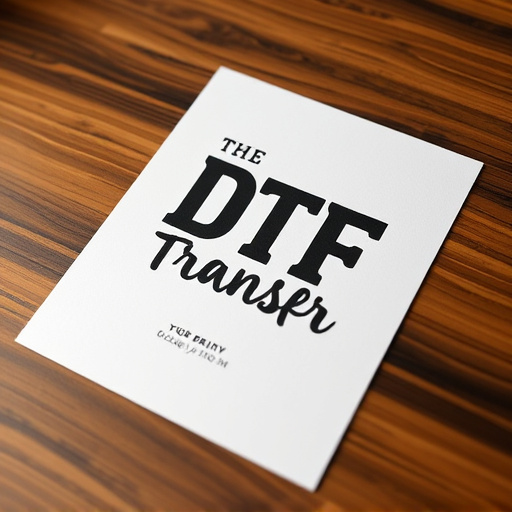
The future of direct-to-film (DTF) technology promises to revolutionize visual experiences across various industries. As DTF printing continues to evolve, we can expect even more vibrant and intricate multi-colored designs that bring products to life with stunning realism. Emerging trends suggest that DTF will incorporate advanced color profiling and enhanced material properties, allowing for deeper blacks, richer colors, and improved contrast ratios in prints. This technology is set to transform not only packaging design but also the creation of visually captivating displays and marketing materials.
Additionally, future developments may include the integration of smart materials and interactive features into DTF transfers. By incorporating responsive elements, such as temperature-sensitive inks or touch-activatable overlays, designers can create dynamic prints that change in response to external stimuli. These innovations will open up new possibilities for engaging customer experiences, especially in retail and advertising sectors, where captivating visuals are paramount.



